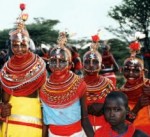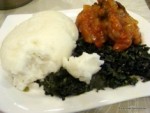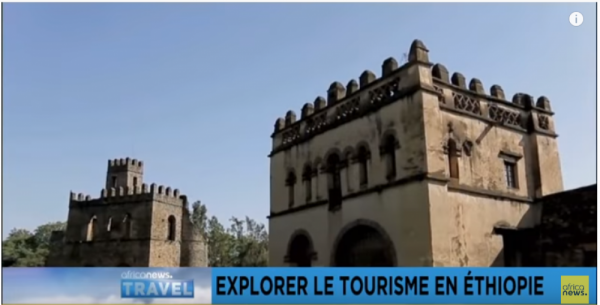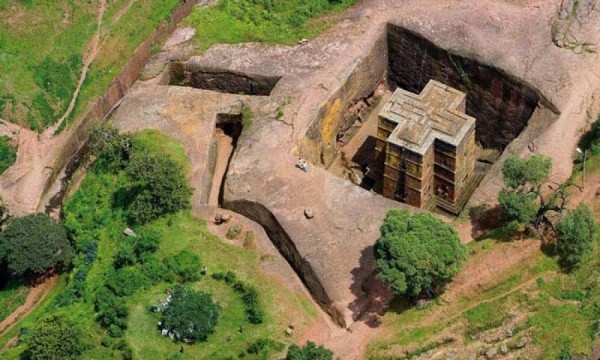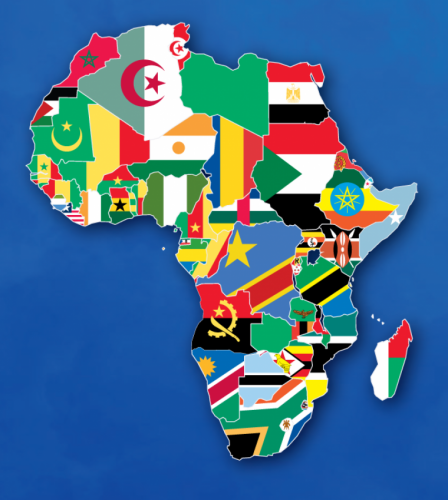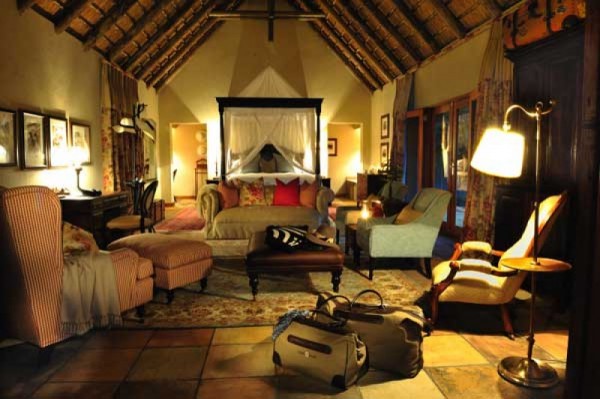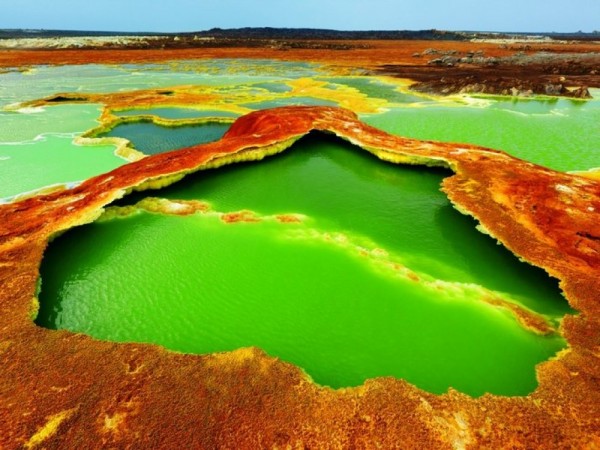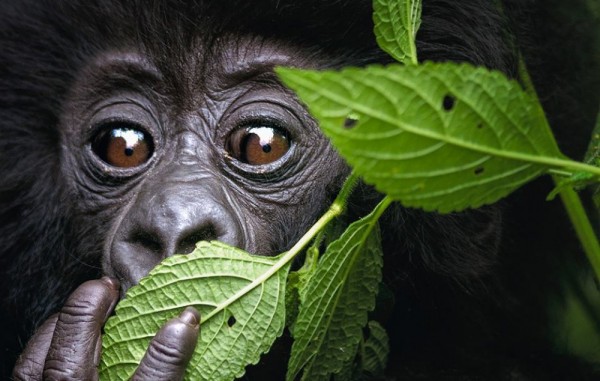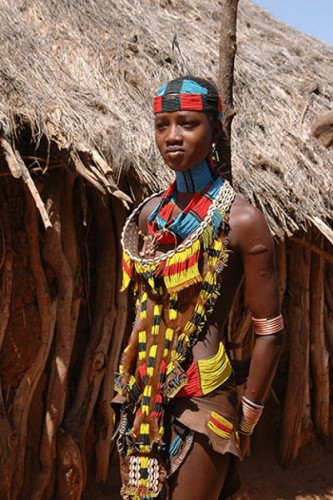|
By: Mon Businge
 |
While Kenya culture has evolved to encompass Western, Asian and Arab influences, it still retains a distinctly African identity. Examples of the dominant forms of language, dress, food, music and dance illustrate this point well.
Languages in Kenya
Although well over 40 dialects are spoken in Kenya, the languages that enjoy national appeal are English and particularly Swahili. So, even though the local languages are spoken widely in their respective tribal areas, it is a good idea for the visitor to the countryside to learn a few phrases in Swahili.
Typical Dress
While educated and affluent Kenyans have adopted the Western style of dressing of business suits, jeans and t-shirts, many communities have remained true to their traditional gear.
The world-famous Masai and Samburu continue to dress in brightly checked sheet wraps (called shukas) and lots of earrings, necklaces, armlets and bungles.
The Ogiek, a hunter-gatherer community whose ancestral home is the Mau Forest, dress primarily in hyrax skin. That said, unlike other countries such as Nigeria and Rwanda, Kenya does not have a national dress and several attempts to come up with one have proved unsuccessful. Traditional wear in Kenya therefore varies from tribe to tribe.
Kenya Food
 |
In the food arena, many rural Kenyans continue to eat the food that their ancestors did. The Luo relish their fish and millet, the Kikuyu their irio (Irish potatoes, peas, maize and greens mashed together) and the Masai's diet consists of meat, blood and milk.
Admittedly, Pilau rice, chapatti and samosas which are borrowed from Asia, are delicacies at the coast. In addition, chips and deep fried chicken are served at many eateries around the country. However, these are not quite as popular as ugali and nyama choma. So if Kenya has a national food at all, it has to be these 2.
Ugali is a maize (corn) flour cake that is baked over an open flame while nyama choma is barbecued meat, typically goat, beef or lamb. This is often eaten with kachumbari, a spiced tomato, onion and chilly relish.
Dance and Music
Music and dance are important components of Kenya culture and are mostly performed at important ceremonies such as weddings and initiations. The nature of Kenyan music and dance also varies from region to region.
The Luhya's music is fast-paced and integrates different beats concurrently. The Luo dance is more measured with the dancers following the rhythm of the nyatiti, a traditional lyre.
Along the Kenya coast, Taarab, which betrays Arab and Indian influences, is popular. It is sung by women who slowly and elegantly gyrate from side to side with a belly dance. They are often accompanied by an Arab drum and beat.
The Masai dances performed by men culminate in a jumping contest with the higher one is able to jump, the better he is. Costumes and props such as masks, shields and spears are vital aspects of most of the dances.
Kenyans are famous for their passion for song and dance. A popular music genre called benga, which fuses Kenyan and Western influences, is popular in nightclubs around the country.
Time Flies By…
Because Kenyans move at their pace, timekeeping isn't one of the Kenyans' virtues. So there is nothing untoward about being an hour or 2 late for an appointment. And, handshaking is an indispensable part of greeting.
Where to Experience Kenya Culture
 |
While in Kenya, there are several good places to experience Kenya culture. Through the traditional homesteads, music and crafts that are showcased, the Bomas of Kenya gives you a good glimpse into the culture of Kenya.
The National Theater is also an excellent place to watch performances of music, dance and plays from the different regions of the country.
Museums, such as those in Nairobi, Mombasa and Kisumu are great for observing how Kenya culture has evolved over time. The biggest and most exciting of of these is the Nairobi National Museum located on Museum Hill in Nairobi.
However, the traditional villages dotted all over the country are the best places to experience authentic, unedited aspects of Kenya culture. There are several of these near the Masai Mara, Amboseli, Samburu, Lake Victoria, Mombasa and Lamu and that can be visited during a safari to these popular tourist destinations.
|



